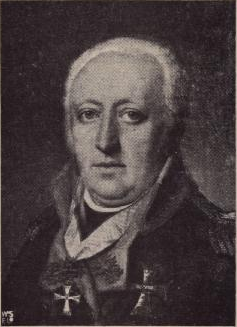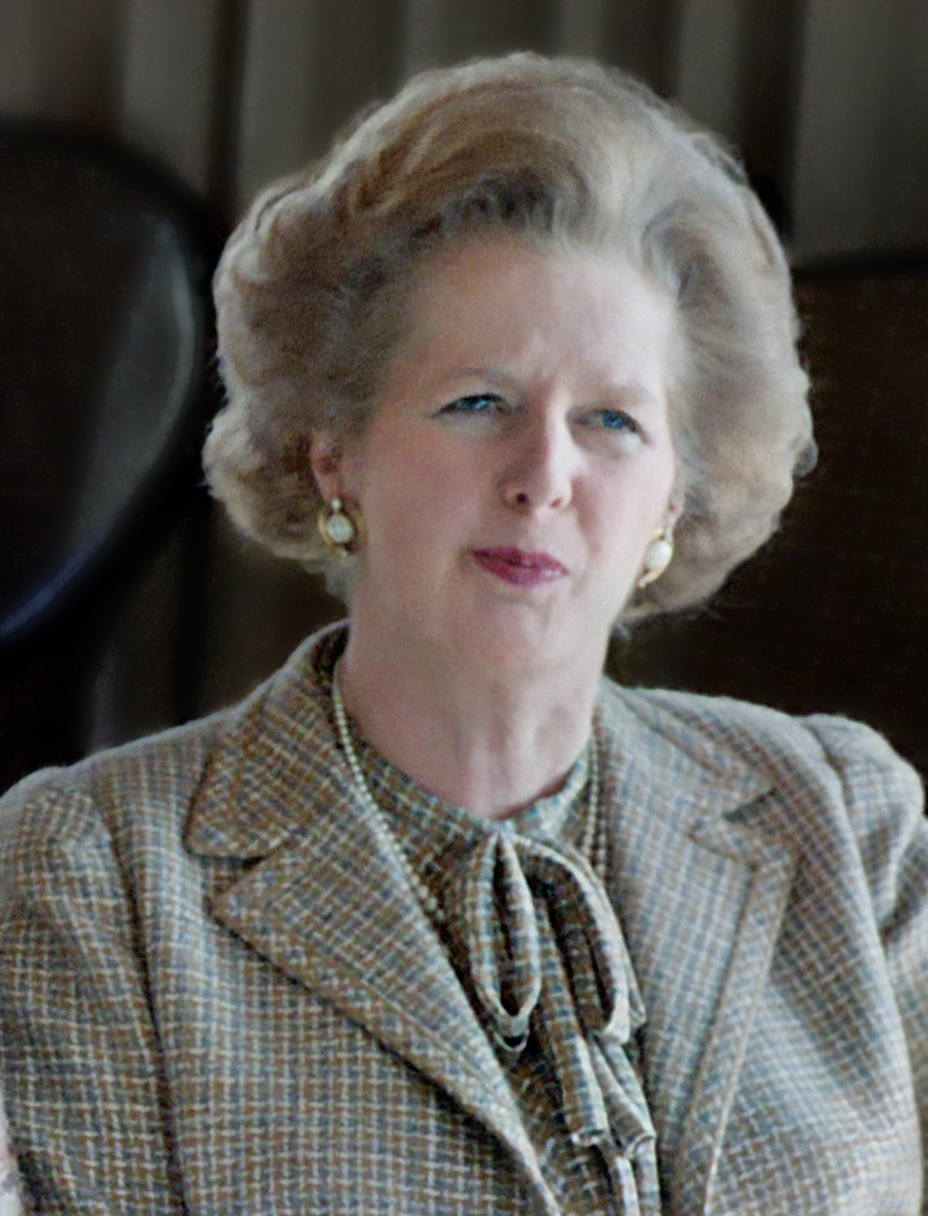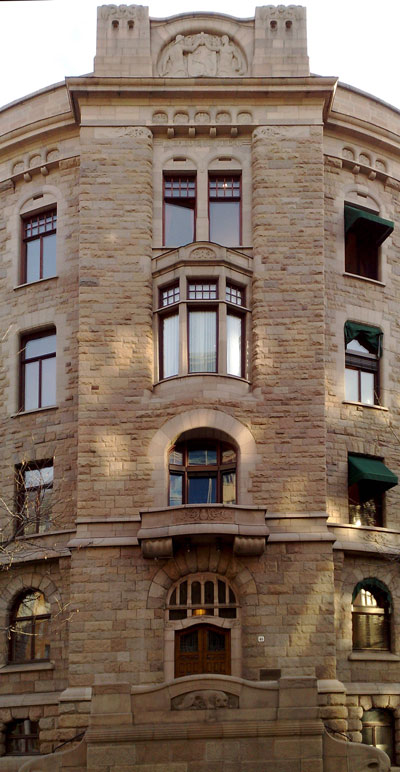|
Jon Ola Norbom
Jon Ola Hauger Norbom (15 December 1923 – 12 April 2020) was a Norwegian economist and Liberal Party politician. During World War II, in 1942, Norbom was imprisoned for a brief time at Grini concentration camp. Then, in November 1943, he was among the students who were arrested by the German occupying forces in Norway as part of a general imprisonment of all male, non- NS students at the University of Oslo. He was imprisoned in the German concentration camp Buchenwald. From 1950 to 1952 he was the leader of the Young Liberals of Norway, the youth wing of the Liberal Party. He was State Secretary in the Ministry of Finance from 1967 to 1969, during the cabinet Borten, and became Minister of the Finance in 1972–1973 during the cabinet Korvald. Norbom never held elected political office. He graduated as cand.oecon. from the University of Oslo in 1949, and studied international economics and European integration at the College of Europe in Bruges 1952–1953. He subsequentl ... [...More Info...] [...Related Items...] OR: [Wikipedia] [Google] [Baidu] |
Minister Of Finance (Norway)
The Minister of Finance is a councilor of state and chief of the Ministry of Finance. The position is since October 2021 held by Trygve Slagsvold Vedum of the Centre Party who is a member of Støre's Cabinet. List of ministers Key 1st Ministry (finance affairs) (March–November 1814) 5th Ministry (finance affairs) (November 1814-1818) Ministry of Finance, Trade and Customs (1818-1846) Ministry of Finance and Customs (1846-2000) Ministry of Finance (2000-) See also *Norwegian Ministry of Finance Notes References {{Ministers of Norway Finance Finance is the study and discipline of money, currency and capital assets. It is related to, but not synonymous with economics, the study of production, distribution, and consumption of money, assets, goods and services (the discipline of fina ... 1814 establishments in Norway ... [...More Info...] [...Related Items...] OR: [Wikipedia] [Google] [Baidu] |
Grini Concentration Camp
'', '' no, Grini fangeleir'', location=Bærum, Viken, Norway, location map=Viken#Norway, built by=Norway, original use=Constructed as a women's prison, operated by=Nazi Germany, notable inmates= List of Grini prisoners, liberated by=Harry Söderman, construction=1938–1940, image size=300px Grini prison camp ( no, Grini fangeleir, german: Polizeihäftlingslager Grini) was a Nazi concentration camp in Bærum, Norway, which operated between 1941 and May 1945. Ila Detention and Security Prison is now located here. History Grini was originally built as a women's prison, near an old croft named ''Ilen'' (also written ''Ihlen''), on land bought from the Løvenskiold family by the Norwegian state. The construction of a women's prison started in 1938, but despite being more or less finished in 1940, it did not come into use for its original purpose: Nazi Germany's invasion of Norway on 9 April 1940, during World War II, instead precipitated the use of the site for detention by the Nazi ... [...More Info...] [...Related Items...] OR: [Wikipedia] [Google] [Baidu] |
National Bureau Of Economic Research
The National Bureau of Economic Research (NBER) is an American private nonprofit research organization "committed to undertaking and disseminating unbiased economic research among public policymakers, business professionals, and the academic community". The NBER is well known for providing start and end dates for recessions in the United States. Many chairpersons of the Council of Economic Advisers were previously NBER Research Associates, including the former NBER president and Harvard Professor, Martin Feldstein. The NBER's president and CEO is James M. Poterba of MIT. History The NBER was founded in 1920. Its first staff economist, director of research, and one of its founders was American economist Wesley Clair Mitchell. He was succeeded by Malcolm C. Rorty in 1922. The Russian American economist Simon Kuznets, a student of Mitchell, was working at the NBER when the U.S. government recruited him to oversee the production of the first official estimates of national in ... [...More Info...] [...Related Items...] OR: [Wikipedia] [Google] [Baidu] |
Bruges
Bruges ( , nl, Brugge ) is the capital and largest City status in Belgium, city of the Provinces of Belgium, province of West Flanders in the Flemish Region of Belgium, in the northwest of the country, and the sixth-largest city of the country by population. The area of the whole city amounts to more than 13,840 hectares (138.4 km2; 53.44 sq miles), including 1,075 hectares off the coast, at Zeebrugge (from , meaning 'Bruges by the Sea'). The historic city centre is a prominent World Heritage Site of UNESCO. It is oval in shape and about 430 hectares in size. The city's total population is 117,073 (1 January 2008),Statistics Belgium; ''Population de droit par commune au 1 janvier 2008'' (excel-file) Population of all municipalities in Belgium, as of 1 ... [...More Info...] [...Related Items...] OR: [Wikipedia] [Google] [Baidu] |
College Of Europe
The College of Europe (french: Collège d'Europe) is a post-graduate institute of European studies with its main campus in Bruges, Belgium and a second campus in Warsaw, Poland. The College of Europe in Bruges was founded in 1949 by leading historical European figures and founding fathers of the European Union, including Salvador de Madariaga, Winston Churchill, Paul-Henri Spaak and Alcide De Gasperi as one of the results of the 1948 Congress of Europe in The Hague to promote "a spirit of solidarity and mutual understanding between all the nations of Western Europe and to provide elite training to individuals who will uphold these values"Le rôle du Collège d'Europe [The role of the College of Europe], ''Journal de Bruges et de la Province'', 7 October ... [...More Info...] [...Related Items...] OR: [Wikipedia] [Google] [Baidu] |
European Integration
European integration is the process of industrial, economic integration, economic, political, legal, social integration, social, and cultural Regional integration, integration of states wholly or partially in Europe or nearby. European integration has primarily come about through the European Union and its policies. History In antiquity, the Roman Empire brought about integration of multiple European and Mediterranean territories. The numerous subsequent claims of succession of the Roman Empire, even the iterations of the Classical Empire and its ancient peoples, have occasionally been reinterpreted in the light of post-1950 European integration as providing inspiration and historical precedents. Of those in importance would have to include the Holy Roman Empire, the Hanseatic League, the Peace of Westphalia, the First French Empire, Napoleonic Empire, the Russian Empire, and the Unification of Unification of Germany, Germany, Unification of Italy, Italy, and Yugoslavia, The B ... [...More Info...] [...Related Items...] OR: [Wikipedia] [Google] [Baidu] |
Cabinet Korvald
Korvald's Cabinet governed Norway between 18 October 1972 and 16 October 1973. The centre cabinet was led by Lars Korvald as Prime Minister and consisted of the Christian Democratic Party, the Centre Party and the Liberal Party The Liberal Party is any of many political parties around the world. The meaning of ''liberal'' varies around the world, ranging from liberal conservatism on the right to social liberalism on the left. __TOC__ Active liberal parties This is a li .... Cabinet members State Secretaries ReferencesLars Korvald's Government. 18 October 1972 - 16 October 1973- Government.no Notes {{Liberal Party (Norway) Korvald Korvald Korvald Korvald 1972 establishments in Norway 1973 disestablishments in Norway Cabinets established in 1972 Cabinets disestablished in 1973 ... [...More Info...] [...Related Items...] OR: [Wikipedia] [Google] [Baidu] |
Cabinet Borten
Borten's Cabinet governed Norway between 12 October 1965 and 17 March 1971. The cabinet was led by Per Borten and consisted of the Conservative Party, the Centre Party, the Liberal Party and the Christian Democratic Party __NOTOC__ Christian democratic parties are political parties that seek to apply Christian principles to public policy. The underlying Christian democracy movement emerged in 19th-century Europe, largely under the influence of Catholic social tea .... It had the following composition: Cabinet members State Secretaries ReferencesPer Bortens regjering 1965-1971- Regjeringen.no Notes {{Christian Democratic Party (Norway) Borten Borten Borten Borten Borten 1965 establishments in Norway 1971 disestablishments in Norway Cabinets established in 1965 Cabinets disestablished in 1971 ... [...More Info...] [...Related Items...] OR: [Wikipedia] [Google] [Baidu] |
Norwegian Ministry Of Finance
The Royal Norwegian Ministry of Finance (Norwegian: Finansdepartementet) is a Norwegian ministry established in 1814. The ministry is responsible for state finance, including the state budget, taxation and economic policy in Norway. It is led by Trygve Slagsvold Vedum ( Centre Party). The department must report to the Parliament of Norway. Organization The ministry is divided into the following sections: * Political staff * Information Unit * Asset Management Department * Budget Department * Financial Markets Department * Tax Law Department * Tax Policy Department * Economic Policy Department * Department of Administrative Affairs Subsidiaries The following government agencies are subordinate to the ministry: * Pension Fund Global * National Insurance Scheme Fund * Bank of Norway * Norwegian Customs and Excise Authorities * Norwegian Financial Supervisory Authority * Norwegian Government Agency for Financial Management * Norwegian National Collection Agency * Norwegian Tax Adm ... [...More Info...] [...Related Items...] OR: [Wikipedia] [Google] [Baidu] |
Buchenwald Concentration Camp
Buchenwald (; literally 'beech forest') was a Nazi concentration camp established on hill near Weimar, Germany, in July 1937. It was one of the first and the largest of the concentration camps within Germany's 1937 borders. Many actual or suspected communists were among the first internees. Prisoners came from all over Europe and the Soviet Union—Jews, Poles and other Slavs, the mentally ill and physically disabled, political prisoners, Romani people, Freemasons, and prisoners of war. There were also ordinary criminals and sexual "deviants". All prisoners worked primarily as forced labor in local armaments factories. The insufficient food and poor conditions, as well as deliberate executions, led to 56,545 deaths at Buchenwald of the 280,000 prisoners who passed through the camp and its 139 subcamps. The camp gained notoriety when it was liberated by the United States Army in April 1945; Allied commander Dwight D. Eisenhower visited one of its subcamps. From August 194 ... [...More Info...] [...Related Items...] OR: [Wikipedia] [Google] [Baidu] |



.jpg)



